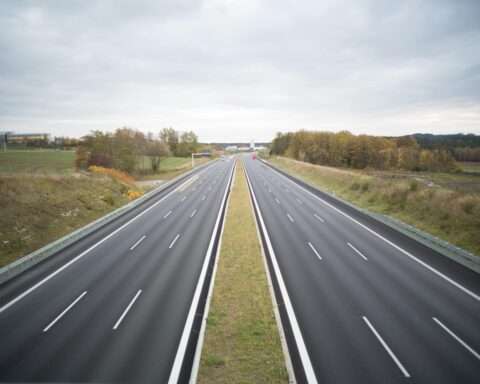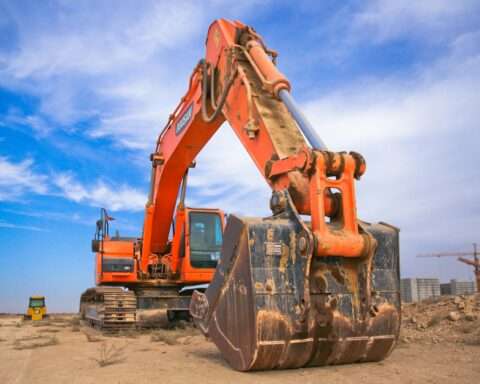The Arizona Department of Transportation has turned to technology to help keep roads safe during monsoon season, which begins this month.
Drones are helping ADOT maintain pump stations that receive storm runoff from many sections of Phoenix freeways, and a system of visibility sensors will help remind drivers who are out on the road during an approaching storm to take proper safety precautions, such as slowing down or pulling over.
ADOT began acquiring drones to help with various tasks in 2018 with the help of federal grant funding. The department said it had first tested the drone’s ability to monitor for cracks, leaks, worn parts or other problems within pump stations in February.
Crews conduct regularly scheduled inspections of the pump station engines. ADOT said the device is expected to help technicians more than double the number of maintenance inspections they conduct each year.
“The drone lets ADOT examine areas that are difficult for technicians to access, including upper sections of pipes that lift stormwater from a pump station’s well,” ADOT said.
Other work ADOT has done to mitigate the potential for heavy flooding that occurs during monsoon season includes replacing smaller, dated pump stations with a gravity-controlled system that carries stormwater to basins and a flood channel on a problematic portion of Interstate 17 in Phoenix.
The state will also employ its dust detection and warning system for the fifth consecutive monsoon season.
When activated, the system can place messaging on electronic signs warning drivers of dangerous dust that impedes visibility and can also lower speed limits.
The system stretches along 10 miles of I-10 between Phoenix and Tucson, an area with a history of blowing dust and storm-related crashes.
Thirteen visibility sensors mounted on posts along the freeway use light beams to determine the density of dust particles in the air. Once visibility drops to certain levels, the system activates overhead message boards and the variable speed limit signs.
As drivers approach the area, they are greeted by signs saying “Caution: Variable Speed Limit Corridor.” A series of programmable speed limit signs spaced every 1,000 feet can change the legal speed limit from 75 mph to as low as 35 mph.
More electronic signs are posted in the corridor to remind drivers of the temporary speed limit.
Drivers will also see overhead electronic message boards in and near the corridor that alert them to blowing dust and warn them to slow down. Speed feedback signs inform drivers of their real-time speeds.
The system has operated as designed since the start of the 2020 monsoon season and has been activated during an estimated 50 blowing dust events, ADOT said.












